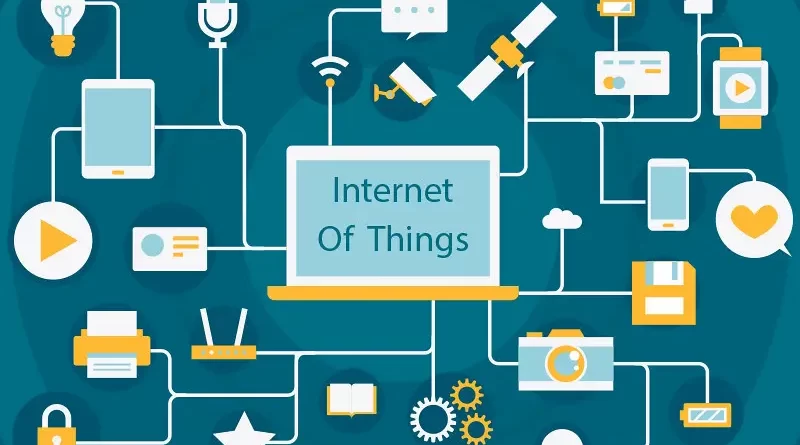Internet of Things (IoT): Shaping The App Development Industry
“Tech will transform from something we actively use to a more seamless integrated experience that is ‘on’ all the time.” – Thomas Husson ( Vice President and Principal Analyst at Forrester Research)
Throughout the 20th century, the Internet of Things (IoT) became increasingly significant in our lives and work.
IoT is a system of interconnected computing devices, humans, mechanical and digital equipment, and so on that can transport data over a network of high-end sensors.
As a result, hiring a mobile app development company to ensure that their mobile applications properly leverage the potential of IoT has set the bar higher than ever for businesses.
Let’s look closely at IoT’s impact on the app development industry.
1. Real-time applications across industries
IoT devices are becoming increasingly popular, and growth is likely to accelerate in the near future.
This year, the number of IoT devices is estimated to exceed 15 billion, representing a 55% growth over 2020.
IoT enables the mobile app sector to expand into new markets and reach new heights.
We see technology entering practically all upcoming applications, such as connected cars, industrial IoT platforms, smart cities, smart retail, and, in particular, wearables. The following sectors will be significant components of IoT applications in 2021.
Statistics show that the top five industries for IoT are:
-
Healthcare
-
Transportation
-
Energy
-
Manufacturing
-
Construction
The list is not limited!
The number of new markets and models will grow as IoT each day becomes more powerful.
2. Open-source IoT solutions
Leaders in every app development company have aspired to share more programs digitally since the debut of open-source development, a top IoT theme.
What exactly open source development can do?
-
It provides transparency throughout the development process. This aspect simplifies collaboration between businesses and developers on high-end mobile apps.
-
An open-source developer community can help IoT providers keep pace with market trends and evolve their technology rapidly.
3. Improved hybrid applications
App development businesses have begun to connect the present technological user platform (UI/UX) with advanced coding to create hybrid apps.
After all, every business is after new ideas these days.
Traditional native mobile apps generally run on a single platform, which is insufficient for IoT applications.
On the other hand, app developers can leverage advanced coding approaches to improve hybrid applications running on various devices and platforms to get client data quickly data.
4. Seamless connectivity
With the advancement of technology, mobile app connectivity goes beyond traditional ways such as Wi-Fi, cellular, or Bluetooth.
Mobile app developers must now go above and beyond to link apps with gateways or independent devices, as well as incorporate built-in communication protocols and standards.
In the case of IoT devices, providing flawless connectivity frequently relies on specialized technology.
5. High-level security
Every day, a massive amount of data is generated, processed, and communicated due to the exponentially expanding number of connected devices.
To prevent the possibility of fraud and theft and avoid data breaches, your IoT development team should use powerful encryption technology and authentication protocols.
However, companies have begun to use IoT-enabled gadgets to add an extra degree of protection. IoT can also help improve defense barriers by requiring physical devices to be the initial entry point, thereby saving the core and alerting specialists to the threat.
6. Use of edge computing
IoT solutions have lately begun to rely on edge computing, a new computing paradigm, to handle previously stored data in the cloud. When the data is processed locally on the device or at the network’s edge, you no longer need massive cloud capacities.
Thus, it gives mobile app developers more alternatives for improving overall efficiency and security.
Edge computing is already used everywhere, from wearables to computers that analyze intersection traffic patterns.
7. More effective UX/UI design
IoT contains various devices with diverse interfaces designed to interact with one another and end users.
Considering this factor, IoT app design necessitates a consistent approach to give a consistent UX/UI experience not only within the app but across the entire IoT ecosystem.
Furthermore, UX/UI design should be very intuitive and make people feel at ease while interacting with smart devices, especially first-time users.
It’s time to wrap up.
Evidently, IoT is one of the most significant digital revolutions in the technology business! People appreciate new technology that knows their wants and boosts their convenience. Undoubtedly, incorporating IoT in mobile apps has increased in the market across all industries.

